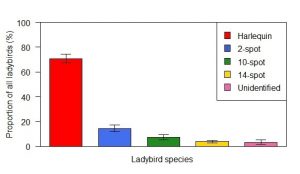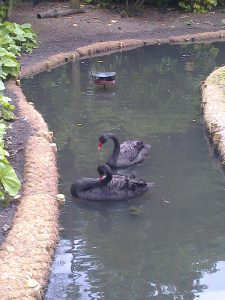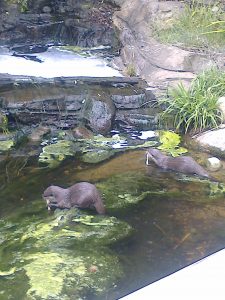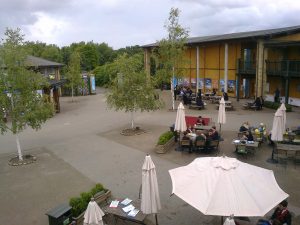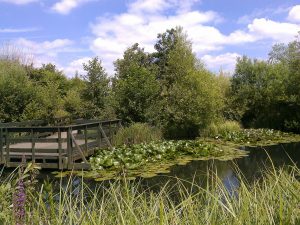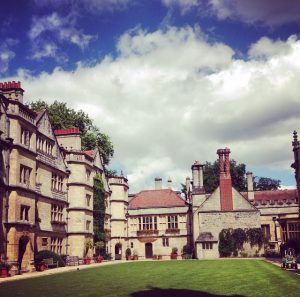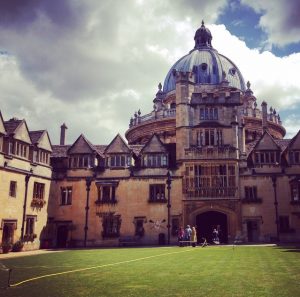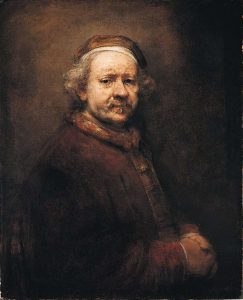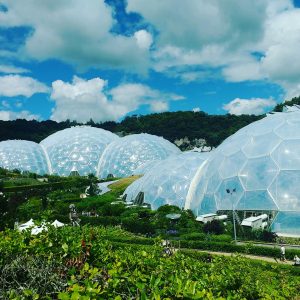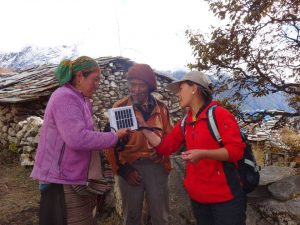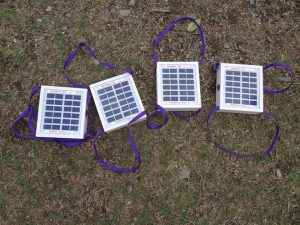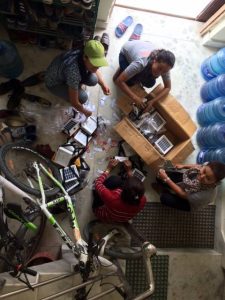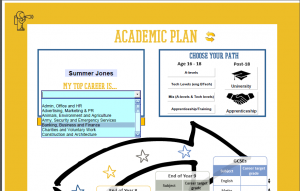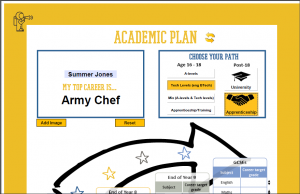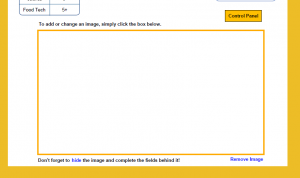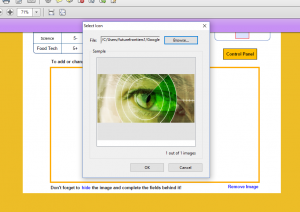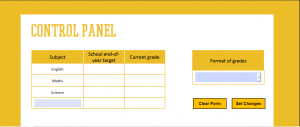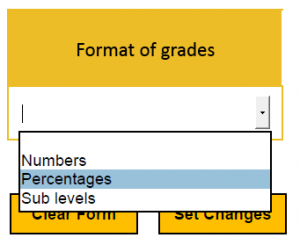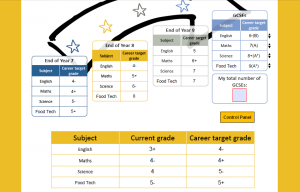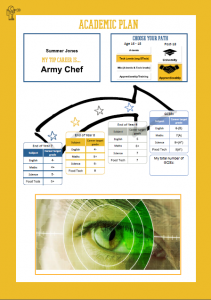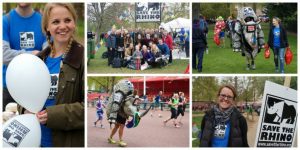Getting started at the UK Stem Cell Foundation
My first day:
I arrived at the rather impressive Royal Institute of Great Britain ready to begin work at the UK Stem Cell Foundation. I entered the building where I met my supervisor, Hugh. He gave me a brief induction and tour of the building, including the theatre where so many major scientific discoveries have been announced.

With the welcome over, we began discussing my role at the charity in more detail and the plan of action for my first week: RESEARCH. I was to build a network of sportsmen and women, sports club, sports brands and sports bloggers to contact about becoming involved with raising public awareness of the UKSCF. I got straight to work, doing my best to make a good early impression with my new boss.
Rest of the week:
Research can be quite frustrating and a little tedious, however the long hours of staring at a computer screen were broken up with interesting conversations with Hugh. When lunch comes around I am most happy to get the chance to stretch my legs and I go to explore the area around the office.
I have enjoyed my first week at the UK Stem Cell Foundation and I look forward to taking the research I have done, and hopefully convert these contacts into ambassadors and donors (of their time, not necessarily money) for the charity. I believe I have successfully put together a database of useful contacts, which we will begin to make contact with in the coming weeks. I have also been identifying interesting and discussion-provoking stem cell news to post on social media in order to increase interest in the general public. Finally, we have discussed my work for the coming weeks, which includes designing a fundraising and public awareness campaign for a Centre in Regenerative Medicine for Sport and Trauma, which I am excited to get started on.
Skills that I have learnt this week:
- Importance of patience and calmness during research
- Effective research
- Office/ business etiquette
